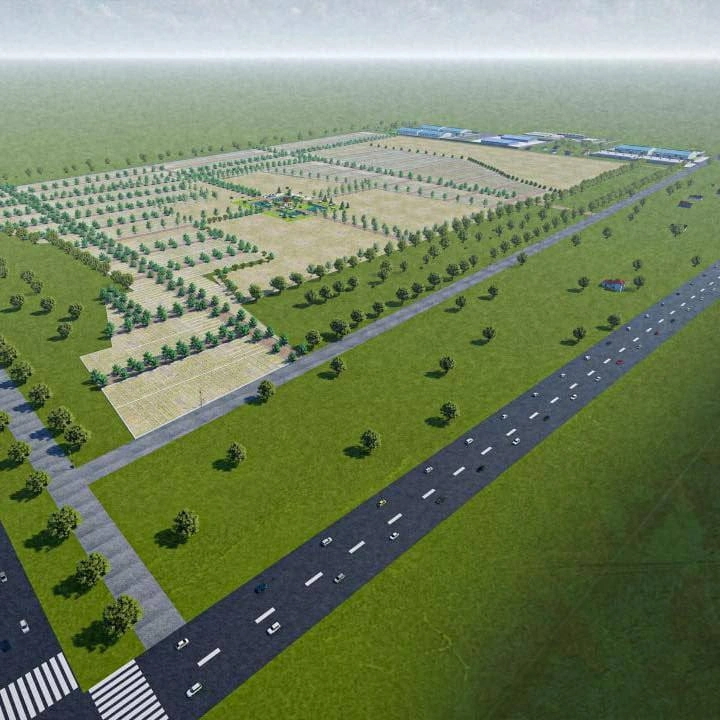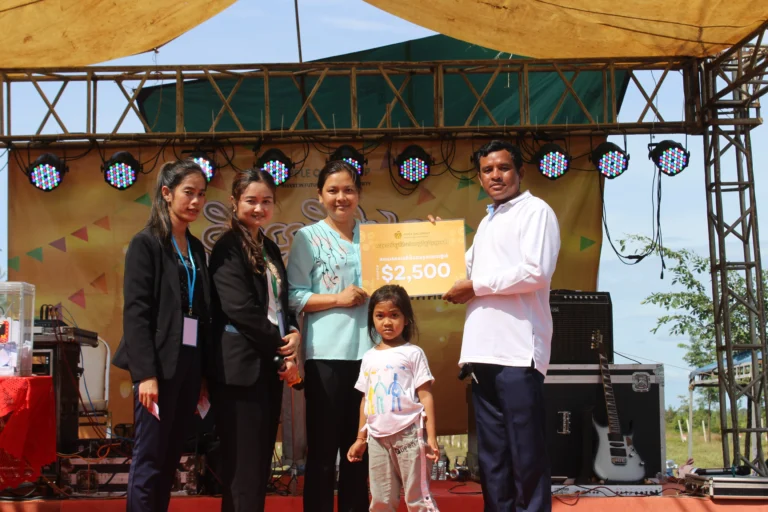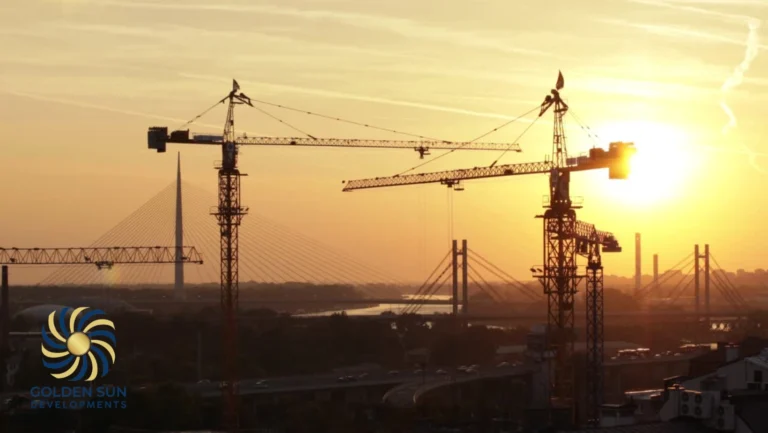An in-depth look at infrastructure development, foreign investment, and market trends fueling Cambodia’s growth.
Cambodia’s economic landscape is undergoing a significant transformation, driven by strategic infrastructure development, robust foreign investment, and evolving market trends. These elements collectively contribute to the nation’s rapid growth and present numerous opportunities for investors and stakeholders.
Infrastructure Development: Building the Future
To support its ambitious growth objectives, Cambodia has prioritized substantial investments in infrastructure. The government has approved a budget of $9.32 billion for 2025, with a significant portion allocated to infrastructure projects, including energy initiatives and enhancing water supply capacities in Phnom Penh and Siem Reap.
One of the most notable projects is the Phnom Penh-Siem Reap-Poipet Expressway, a $4 billion venture slated for completion by 2029. This expressway is expected to significantly reduce travel times between major cities and bolster trade routes, thereby creating new economic opportunities.
Foreign Investment: A Pillar of Economic Expansion
Foreign Direct Investment (FDI) has been instrumental in Cambodia’s economic development. The country’s real estate market, for instance, is projected to reach $619.55 billion by 2025, with residential real estate leading at $574.10 billion. The market is expected to grow at a Compound Annual Growth Rate (CAGR) of 2.85% from 2025 to 2029, reaching $693.35 billion by 2029.
China has emerged as a significant partner in Cambodia’s infrastructure development through the Belt and Road Initiative, financing approximately 70% of the country’s road and bridge projects as of 2017. Major undertakings include the expressway between Sihanoukville and Phnom Penh, which began operations in 2023.
Market Trends: Indicators of Sustained Growth
The Asian Development Bank projects Cambodia’s Gross Domestic Product (GDP) to grow by 6% in 2025, signaling a return to pre-pandemic expansion levels. This optimistic outlook is bolstered by a surge in manufacturing and significant infrastructure investments.
Additionally, Cambodia’s healthcare market is poised for significant growth through 2035, driven by economic development, urbanization, and rising healthcare investments. The Phnom Penh region, in particular, dominates due to its advanced medical infrastructure.
Conclusion
Cambodia’s strategic focus on infrastructure development, coupled with robust foreign investment and favorable market trends, positions the nation for sustained economic growth. These concerted efforts not only enhance connectivity and efficiency but also create a conducive environment for diverse investment opportunities, solidifying Cambodia’s status as a burgeoning economic hub in Southeast Asia.






